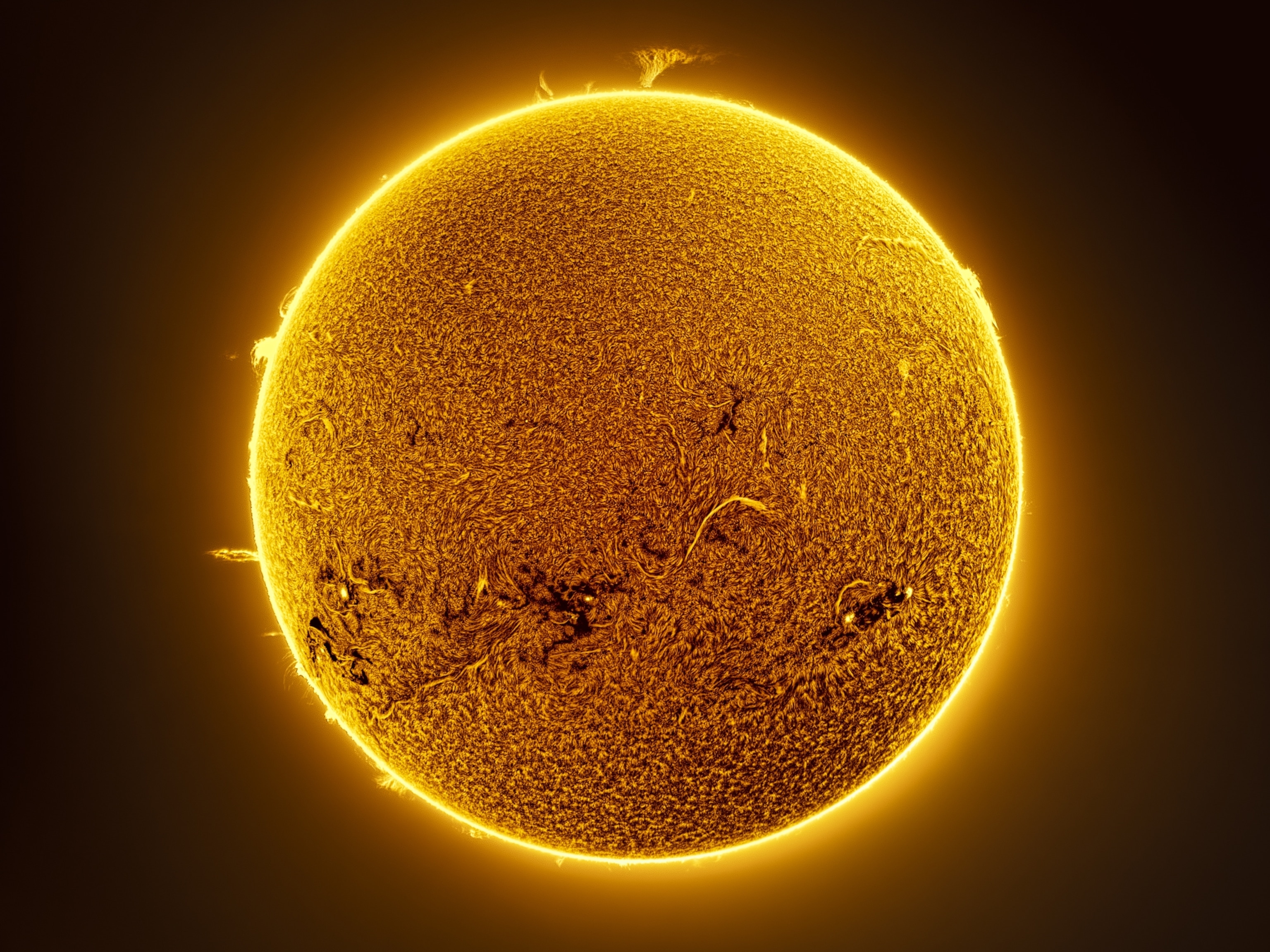
Mercury, the Smallest Planet, Is Getting Even Smaller, Scientists Say
A new look at the planet shows that it has shrunk almost nine miles in diameter.
Like a raisin spinning around the sun, Mercury is shrinking and wrinkling. The planet is now up to 8.6 miles (14 kilometers) smaller in diameter than it was nearly four billion years ago, according to a report released on Sunday.
The planet is downsizing because it is cooling. Images snapped by a NASA spacecraft have provided the first complete picture of how the single rocky plate that encapsulates Mercury is contracting, warping the surface into puckered ridges and scallop-edged cliffs known as lobate scarps.
"It is Mercury's version of a mountain belt," Paul Byrne, a planetary geologist at the Carnegie Institution in Washington, D.C., and lead author of the study in Nature Geoscience. "It would be a very dramatic landscape."
All planets are chilling and shedding heat to varying degrees, and Mercury is no exception, despite being the closest planet to the sun. But the process has taken an unusual toll on Mercury's already cratered complexion, forming cliffs that can soar up to two miles (three kilometers) high—about as tall as Mount St. Helens—and long chains of aligned ridges that snake across the face of the planet for up to 1,050 miles (1,700 kilometers), more than twice the length of Florida.
Mapping this terrain on foot will never be an option, since surface temperatures can reach a toasty 800 degrees Fahrenheit (430 degrees Celsius). Scientists instead used observations from NASA's sun-shielded MESSENGER spacecraft, which has been orbiting Mercury since 2011.
"We see the landscape literally crumpling up," said William McKinnon, a professor in the Department of Earth and Planetary Sciences at Washington University in St. Louis. "Massive slabs of rock are sliding over one another."
This faulting suggests that earthquakes—or rather, Mercury-quakes—carved out the landscape, a process that may still be going on, added McKinnon, who wrote an accompanying editorial in the journal. "If we could land seismometers on Mercury—and not have the sun roast them, of course—we could probably listen to these things moving." (Related: "Solar System’s Smallest Planet Is Shrinking.")
From Partial Data to the Big Picture
Until now, what was known about Mercury's surface was not even half the story. The only other spacecraft to get close to the planet, NASA's Mariner 10, did three flybys between 1974 and 1975 and took pictures of 45 percent of the surface.
The partial data left scientists puzzled. Mariner's findings suggested that the planet had shrunk only 1.25 to 3.75 miles (two to six kilometers) in diameter since its early days when it was bombarded by asteroids, some four billion years ago. Models based on the thermal history of the planet's interior, however, had predicted that the contraction should have been up to ten times that amount.
"We have the big picture now," said Byrne, whose findings show the planet has contracted in radius between 2.5 and 4.3 miles (four and seven kilometers), making the modern-day radial measurement of Mercury 1,516 miles (2,440 kilometers), or double that for the diameter.
Cliffs and ridges similar to those on Mercury can also be seen on Mars and on Earth's moon—with one key difference. "Mercury is anomalous because it seems to have shrunk much more in size than the moon or Mars," said Byrne. With a more complete portrait of the smallest planet now in hand, he added, scientists can start to tackle new questions—such as why the planet shrank so much, when the wrinkling began, how active were the quakes, and how fast the contraction took place.
Right Theory, Wrong Planet
Caleb Fassett, an astronomy fellow at Mount Holyoke College in Massachusetts, described the work as "really important," and said its calculations will inform future planetary studies.
"It is a very impressive piece of work—just the amount of work involved. They mapped all of the faults on Mercury basically to do this," said Fassett, who was not part of the study.
Back in the 19th century, European geologists believed that our own planet had shrunk, with Earth's mountains forming as its core contracted and the surface puckered in response. The notion was discarded in the 1950s and 1960s, when scientists came to understand that Earth's rocky shell was not a single layer that would wrinkle, but rather a jumble of many tectonic plates moving independently. Now it seems those earlier geologists were right—when their theory is applied to a different planet.
"It proves something historians always say: Previous scientists were not silly to hold ideas that we now would say aren't right," says Naomi Oreskes, a professor of the history of science at Harvard University in Boston. "It was a plausible idea, and it held up until evidence suggested the need for something different."





